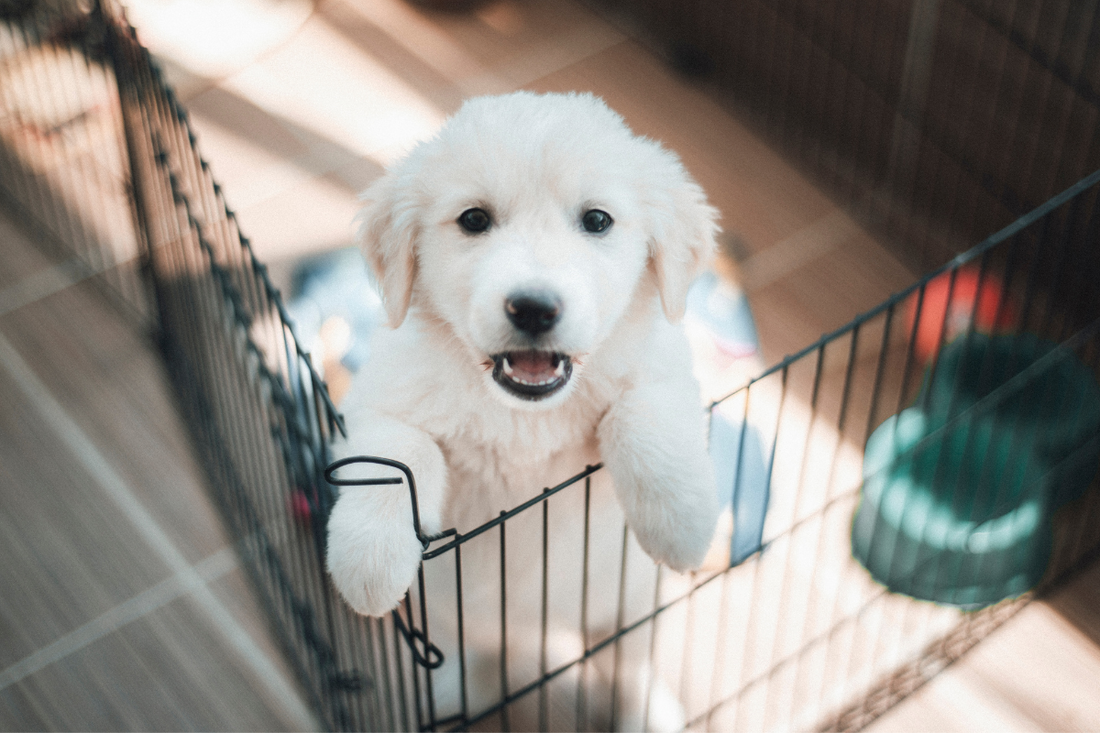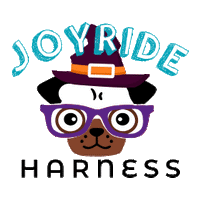Simple Guide to Puppy Exercise! Both Physical and Mental

Puppies are naturally curious and full of energy. They love exploring their surroundings by sniffing, pawing, and chewing on anything that catches their interest. When they're not investigating, they might be napping in the middle of the room or chasing a slipper around. Given all this natural activity, you might wonder how much additional exercise they really need.
The right amount and type of exercise are crucial for a puppy's physical and mental well-being. This varies by breed, age, and daily routine. It's important to ensure that exercise is not only sufficient but also enjoyable, introducing puppies to new experiences in a positive way. Tailoring activities to your puppy's specific needs is key to their healthy development.
Start With The Basics

Before taking your puppy out, they need to get used to wearing a leash or harness. Teaching them to walk nicely without pulling is crucial, especially for strong-willed or large breeds, as it makes outings much easier.
Training might feel like enough exercise in itself, as many puppies find leashes or harnesses restrictive and might sit down or pull away. Instead of pulling back, stay still until they come to you. Rewarding them with treats can clarify your expectations.
Patience, humor, and treats will go a long way. Begin with short steps, using treats to encourage your puppy to follow. Initially, you might only manage a few steps together, but this builds confidence gradually.
Keep leash training sessions short and positive, lasting just five to ten minutes. While some puppies may learn quickly, others take time, but with consistent training, they'll get the hang of it.
Puppy Steps, Don't Run

Once your puppy can consistently walk a few steps in a straight line, you can start taking them for walks. Veterinary experts suggest that puppies should walk for about five minutes per month of their age, once or twice a day, ideally on soft surfaces like grass or packed sand. Walk your puppy at least an hour after eating to allow time for digestion.
Avoid jogging or running with your puppy until they are fully grown—6 to 8 months for small breeds, 12 months for medium breeds, and up to 24 months for giant breeds. Young puppies’ bones and ligaments are still developing, and too much strenuous exercise too soon can cause issues later, especially on hard surfaces.
Puppies tethered to a leash can't choose when to stop, so the best exercise is free running in a safe, enclosed space. If you don’t have a fenced yard, consider using a long leash (about 15 feet) in a safe area, allowing your puppy to move freely. Puppies naturally adjust their own activity levels, playing vigorously when they want and resting when tired.
Games To Play With Your Puppy

According to American Kennel Club, Laurie C. Williams, a dog training expert, suggests that beyond walking, you should explore other activities to enrich your puppy's life. Some fun options include:
- Tug-of-War: A great way to engage your puppy's strength and energy.
- Hide-and-Seek: Stimulates their hunting instincts and mental sharpness.
- Chasing a Flirt Pole: This can help burn off energy while encouraging their chase instinct.
- Playing Tag: Keeps them active and strengthens your bond.
Williams also recommends a "sniffari," where puppies hunt for kibble scattered in the yard. This offers more stimulation than repetitive walks. For mental exercise, she suggests interactive games that challenge puppies to complete tasks or learn new skills, such as solving food puzzles or learning tricks. A scavenger box filled with treats hidden in an egg carton, a rolled-up dish towel, or crumpled paper can also provide fun searching activities.
Enriching Your Puppy's Mind
Mental stimulation is just as important as physical exercise. Puppies are like sponges, eager to learn and explore. Investing time in both physical and mental activities early on will greatly benefit a puppy’s development into adulthood.
- Training Sessions: Short, fun training sessions can teach your puppy new commands and tricks, keeping their mind active.
- Puzzle Toys: These can challenge your puppy to think and work for their rewards.
- Interactive Games: Games that require problem-solving, like hide-and-seek with treats, can keep your puppy mentally stimulated.
As you prepare for your new puppy, you may have lots of questions and want advice. We get you! Check out the Joyride Blog for lots of tips and tricks for taking care of a new puppy. And once your puppy is home, shop the Joyride Harness. Our harness fits any size of dog, even little pups, making walks and training sessions a breeze.
By providing a balanced mix of physical and mental exercise, you’ll ensure your puppy grows into a happy, healthy, and well-behaved dog. Enjoy this precious time with your furry friend!





















